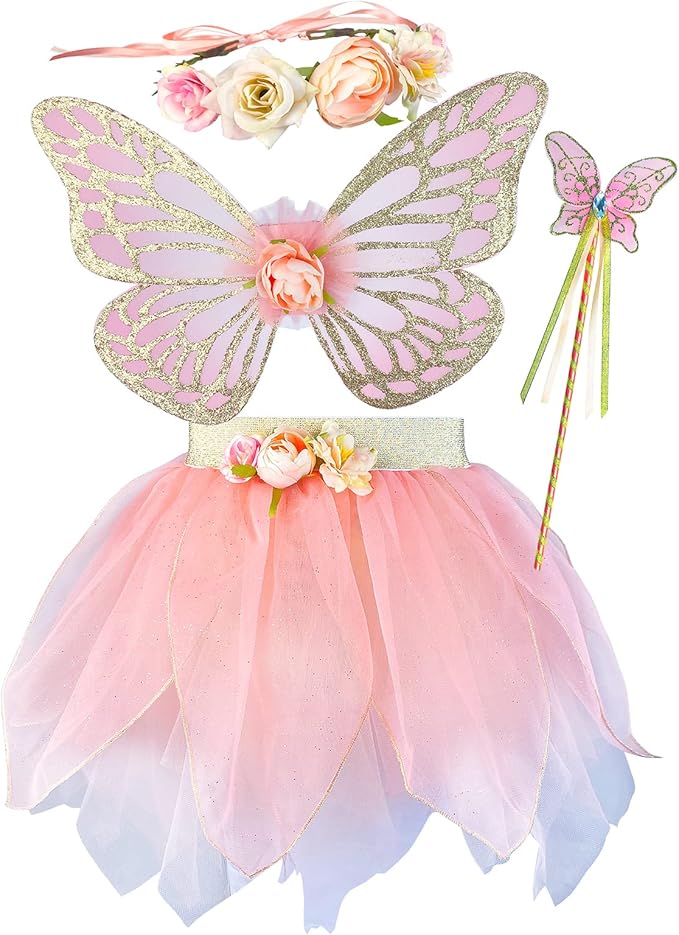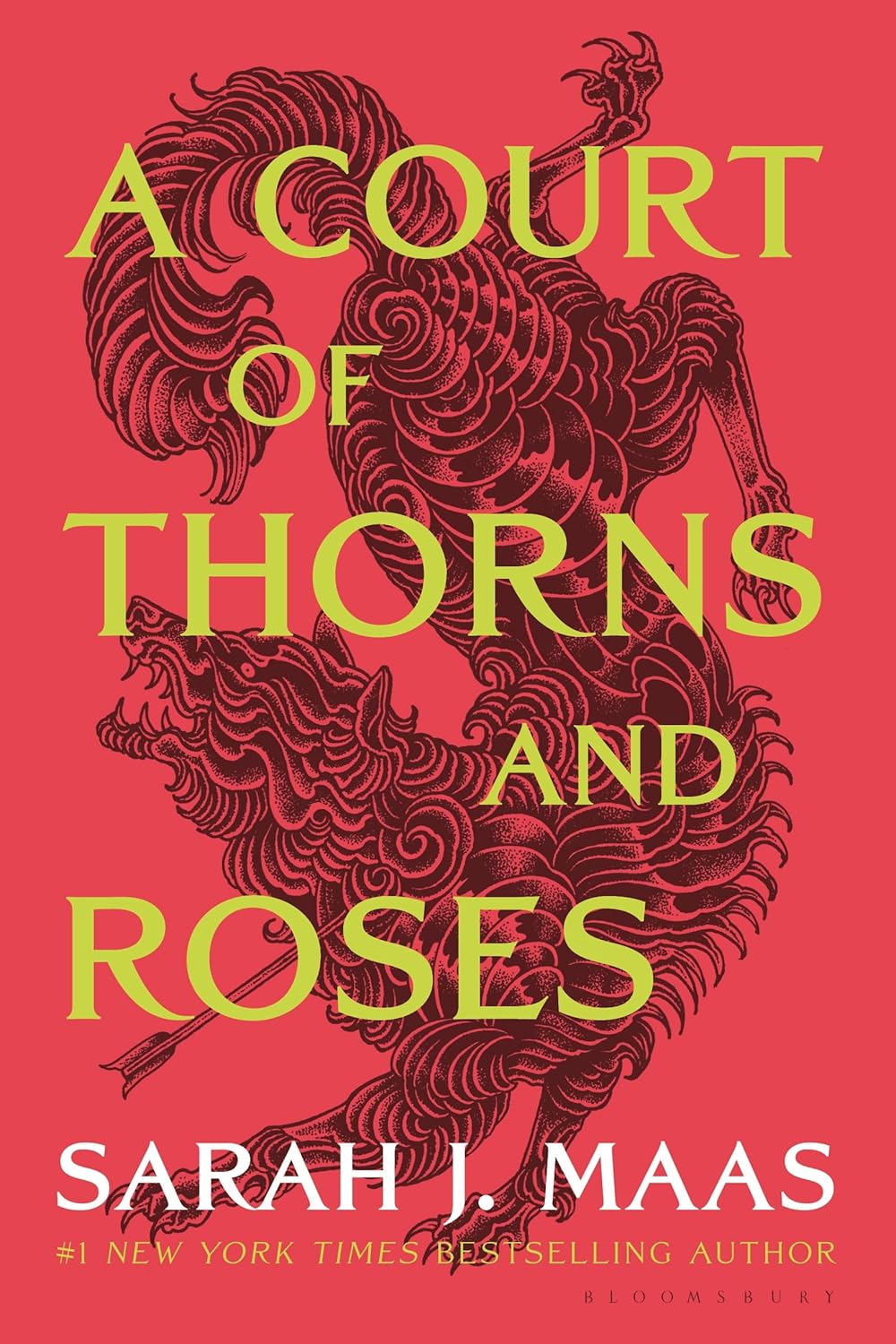- Home
- Fairy Blog
- Fairy Cakes
- Fairy Quotes
- Safety Dance
- The Flower Fairies Books
- What is a Fairy?
- Are Fairies Real?
- Elemental Fairies
- Faeries
- What are the Fae?
- Fae Fantasy Books
- Fairy History
- Origin of Fairies
- Fairies in Folklore
- Pixies
- Pixie Fairy Differences
- Gothic Fairies
- Tooth Fairy
- Fairy Festivals
- Fairy Gardens
- Fairy Garden Accessories
- Fairy Forests
- Fairy Poems
- Fairy Tales
- Fairy Tale Origins
- Classic Fairy Tales
- 24 Fairy Tales
- Fairy Tales around the World
- About Fantasy Creatures
- Dragons
- Dwarves
- Elves
- Gnomes
- Leprechauns
- Mermaids
- Unicorns
- Fairy Face Painting
- Fairy Costumes for Kids
- Free Fairy Art
- Fairy Coloring Pages
- Fairy Crafts For Kids
- Chinese Dragon Art
- How to Draw a Dragon
- Chinese Dragon Drawing
- Dragon Coloring Pages
- Fairy Tattoo Ideas
- About Us
- Contact Us
- Disclaimer
- Privacy Policy
Leprechaun Pot of Gold
The legend of leprechaun pot of gold is deeply rooted in Irish folklore and mythology. Leprechauns are small, mischievous fairy-like creatures often depicted as shoemakers or cobblers. They are believed to possess hidden pots of gold, which they carefully guard and keep concealed from humans.
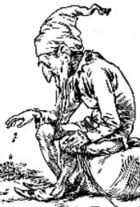
Adorable Fairy Costume Set!
Includes a fairy tutu, wing, wand and flower halo - perfect for parties, dress-up play, pageants and so on.
CLICK HERE for the best price!
According to the legend, if a person with luck, does capture a leprechaun by finding and following a rainbow to its end and looking all over. There, they may find the pot of gold that the leprechaun has hidden. However, actually obtaining the gold is not as simple as it might seem. Leprechauns are known for their love of gold and their cleverness and magical abilities, which they use to outwit and evade those who seek to capture them and steal their treasure.
If a person does manages to capture a leprechaun, they be able to force the creature to reveal the location of its gold. However, because of the Leprechaun's cleverness, the captor must keep a close eye on the leprechaun, as it will try various tricks and deceptions to escape. The captor must also be very, very, careful about the Leprechaun offering any wishes or trying to make deals with the captor, because these creatures are known to twist words and manipulate situations to their advantage.
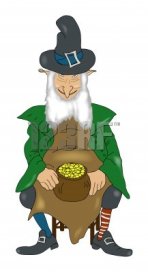
Although the legend of leprechaun gold is part of Irish folklore, it has become a widespread symbol in modern culture, particularly around St. Patrick's Day. The notion of finding a pot of gold at the end of a rainbow has turned into a hope for discovering unexpected fortune or happiness when they see a rainbow.
Leprechaun Pot of Gold is one key component of the leprechaun story is their famous pot of gold. They are known to possess and hoard their prized pots and traditionally hide this treasure at the end of a rainbow. This means that humans need to catch them in order to find this fortune, as it is impossible to actually locate the end of this natural phenomenon. Lucky Symbols
Lucky Symbols
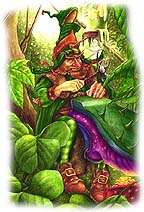
Lucky Symbols
Leprechauns and their pots of gold have become associated with good luck and fortune. Over time, other symbols and items have also come to represent luck in various cultures. Some of these symbols include:
- Four-Leaf Clover: In Irish tradition, the four-leaf clover is considered to be a symbol of good luck, as they are rare to find. Each leaf represents a different attribute: hope, faith, love, and luck.
- Horseshoe: In many cultures, the horseshoe is believed to bring good luck and protect against evil. It is often hung above doorways or in homes to attract positive energy and ward off negative influences.
- Maneki-Neko: The Maneki-Neko, also known as the "beckoning cat" or "lucky cat," is a popular Japanese symbol of good fortune. These figurines, typically made of ceramic or plastic, depict a cat with one or both paws raised as if beckoning. They are often placed in businesses and homes to bring good luck and prosperity.
- Rabbit's Foot: In some Western cultures, carrying a rabbit's foot is believed to bring good luck. This tradition likely stems from ancient beliefs in the magical properties of rabbits, which were thought to be in touch with the spirit world due to their nocturnal habits and burrowing tendencies.
- Dreamcatcher: Native American cultures believe that dreamcatchers can protect individuals from bad dreams and bring good luck. They are usually made of a hoop with a woven net or web, adorned with feathers and beads, and hung above the bed or sleeping area.
- Elephants: In many Asian cultures, particularly in India, elephants are symbols of good luck, wisdom, and strength. Images or figurines of elephants with their trunks raised are thought to bring good fortune and prosperity.
Leprechaun Pot of Gold
 Mogsy's Leprechaun Gnome with his Pot of Gold!
Mogsy's Leprechaun Gnome with his Pot of Gold!These lucky symbols, along with the leprechaun's pot of gold, have become popular symbols of good fortune, happiness, and success in various cultures worldwide. Many people incorporate these symbols into their daily lives or use them during celebrations and events to attract positive energy and good luck.
Book of the Month
The Best Selling Fae Fantasy Book! A great gift!
CLICK HERE for more information and best price!
Recent Articles
-
Fairy Costumes for Kids
Dec 30, 25 11:27 AM
Find the perfect fairy costume for you little ones! We have researched the best fairy costume options available on Amazon covering all budgets.. -
Christmas Angel Story of boy meets Angel "The Magic Letter" Dean Kiser
Dec 30, 25 09:00 AM
A Christmas Angel Story about an eleven year old orphan boy that meets an Angel. "The Magic Letter" by Dean Kiser -
Fae Fantasy Books - where love can be both thrilling and terrifying!
Nov 22, 25 02:34 AM
Fae Fantasy Books - explore new aspects of what it means to be human in a world where magic and immortal beings exist! A perfect blend of danger and allure!
